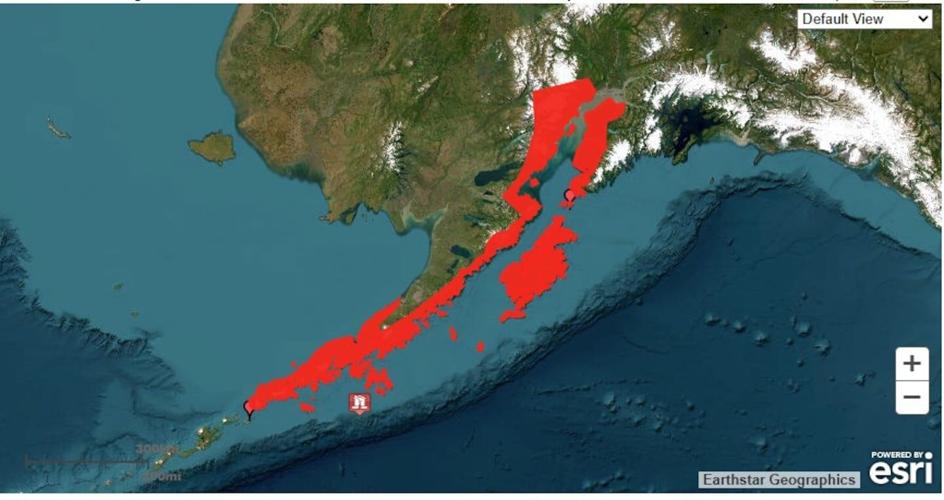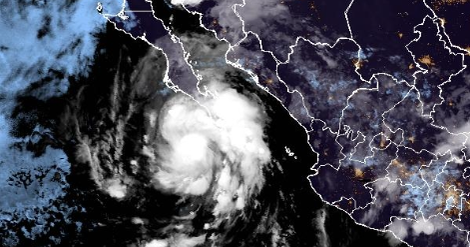On July 16, 2025, at 12:37 PM Alaska Time, a powerful magnitude 7.3 earthquake struck offshore near the Alaska Peninsula, roughly 55 miles (89 kilometers) south of Sand Point, Alaska. This seismic event marks yet another significant earthquake in an already active region, following a magnitude 7.2 earthquake in 2023 and a magnitude 7.8 event in 2020.
Widespread Shaking Felt Across Alaska
Residents from Sand Point to Anchorage and even as far as Juneau reported feeling the quake. In Sand Point, the tremors were particularly intense, with one resident describing how “objects flew out of the pantry and off shelves.” Meanwhile, in Homer, the quake felt like mild rolling, with light fixtures and plants gently swaying.
Fortunately, there have been no reports of significant damage in the communities closest to the epicenter. The shaking intensity diminished with distance but served as a stark reminder of the region’s seismic volatility.
Part of a Prolonged Seismic Sequence
This earthquake occurred within the aftershock zone of the 2020 M7.8 Simeonof Earthquake. Both the July 16, 2025, and July 15, 2023, events are considered part of this prolonged seismic sequence, underscoring ongoing tectonic activity in the area.
Within three hours of the mainshock, the Alaska Earthquake Center detected at least 40 aftershocks, the strongest measuring magnitude 5.2. According to the USGS Aftershock Forecast, there is a notable chance—at least one magnitude 6 or greater earthquake—in the next week, along with a high likelihood of continued smaller quakes.
Over the past five years, this segment of the Alaska–Aleutian Megathrust has experienced five earthquakes of magnitude 7.0 or higher, marking it as a highly active seismic zone (see Figures 2 and 3).
Tsunami Alert Issued, Then Downgraded
Immediately following the quake, the National Tsunami Warning Center (NTWC) issued a tsunami warning, which prompted evacuations in several coastal communities, including:
- Sand Point
- King Cove
- Kodiak
- Old Harbor
- Homer
- Seward
- Unalaska
Roughly an hour later, the tsunami warning was downgraded to an advisory, and no tsunami waves were observed. Nevertheless, the quick issuance of the alert enabled these communities to mobilize and prepare rapidly. In a region where tsunamis can strike within minutes, such prompt action is critical.
Seismic Awareness and Preparedness
The Alaska Earthquake Center, in coordination with other state and federal agencies, continues to educate and inform communities about earthquake and tsunami hazards. Residents are encouraged to explore tsunami hazard zones and evacuation maps via the interactive tool at tsunami.alaska.edu to determine if their homes, workplaces, or recreational areas lie in risk zones.
“While earthquakes are often represented as dots on a map, the rupture area can span hundreds of square miles,” says the Earthquake Center in its June 2025 podcast episode, What’s Shaking Alaska.
Conclusion
This most recent event highlights the continued seismic threat along the Alaska Peninsula, emphasizing the importance of preparedness, rapid response systems, and public education in earthquake-prone regions. With aftershocks ongoing and the potential for stronger quakes ahead, staying informed remains essential.



